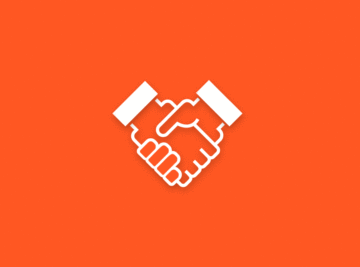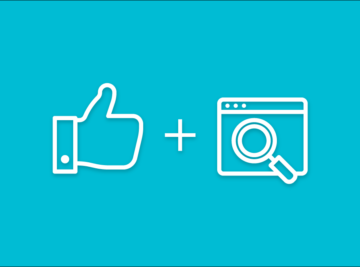In order to optimize your website for conversion, you first need to find out what will push your audience to convert. You need to fully understand who your audience is, what problem they are looking to solve, and how you can solve their problem. To find out more about your audience and optimize your conversion rates:
-
Find out more about your customers online via boards, social media, email, etc.
-
Create user personas
-
Conduct surveys
-
Collect data by using Google Analytics, heat maps, scrolling stats etc.
The term “conversion rate optimization” can mean weeks of ax-grinding work for a small business, but it always pays off in the long term. Conversions are the most important aspect of any website, and sometimes what truly converts goes against everything that we thought that we knew about conversions and optimization.
The best way to optimize a website is to do so using any data, research and information that your customers and visitors are able to provide you with. For companies that have limited amounts of traffic, being able to make smart estimations regarding which tests will improve the conversion performance of the website will have a huge effect on your overall CRO campaign.
There are a few basic steps that any business can take to inform themselves and improve their conversion rate optimization efforts before they even perform their first split test.
Get to Know Your Customers
In order to know what will push your audience toward conversion, you have to have a good idea of who your customer is, what they want, and how you can position your product as the solution to their problems. The first and most important step of market research is to find out where your customers spend their time, and spend time with them. Get to know them. What kind of questions do they have? What do they have to say about your product and company? In what areas are they uninformed? There are quite a few places where you can learn about your customers online:
- Industry Forums and Message Boards
- Industry Blogs
- Social Media (Dig deep below the surface and explore Facebook groups, Twitter lists, and LinkedIn groups)
- Reach Out through email
- Industry conventions and networking events
There are almost an unending number of ways that you can research your audience, no matter what industry you are in.
Create User Personas
Once you have a good idea of who your audience is and what is important to them, you can start to sketch out the type of customer personas that make up your audience. Customer personas are useful, because they allow you to design ads, marketing materials and web copy that caters to those specific personalities. A user persona is a rough outline of who they are, what they do, what they want, and why they would be benefited by your product or service.
Conduct Surveys
Although you can’t always count on what your customers say to be self-aware enough to give you decent analysis of where you could improve, that doesn’t mean that all feedback should be taken with a grain of salt. Surveying your visitors can provide insight into what is working for your business on your webpage and what could be improved. Perhaps there is a disconnect that you haven’t considered in regards to your product. Maybe your visitors have a burning question about your product that your website doesn’t answer? Surveys are important for getting live feedback from real visitors and learning about how your business and product are perceived.
Collect Data
Data is the holy grail of conversion rate optimization. It allows you to quantify the estimations that you have made and learn about where your website copy and presentation can improve. Although Google Analytics and other similar pieces of software are a good starting point for collecting data, go farther! Use heat maps, scrolling stats and any information that you could potentially collect to make informed decisions about what to test and where to test it.
Using research to guide CRO strategy allows you to make informed decisions that will always yield higher returns than just taking shots in the dark. By going above and beyond when it comes to learning about your audience, you will be able to make decisions about what will speak to them and what they want to see from your business to make that purchasing decision. This is all a part of the inbound methodology.








